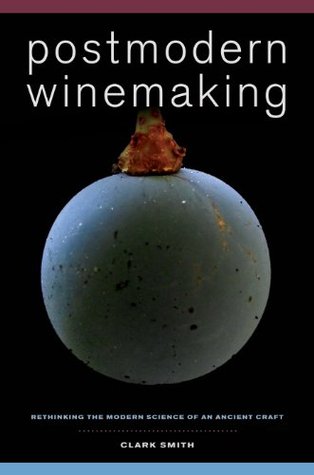Most of the protons in wine are bound to weak acids like tartaric, malic, and lactic, which are in equilibrium with the free protons. These act like a series of reservoirs of acidic protons that get depleted sequentially because the acids are of different strengths, thus forming a kind of ladder of buffer capacities. When wine enters the palate, the first to be depleted is the strongest acid, tartaric, which you taste on the tip of the tongue. Then malic ionizes in the midpalate, then lactic a little farther back, and last acetic (which clings to its protons most) is neutralized in the throat.
Welcome back. Just a moment while we sign you in to your Goodreads account.


